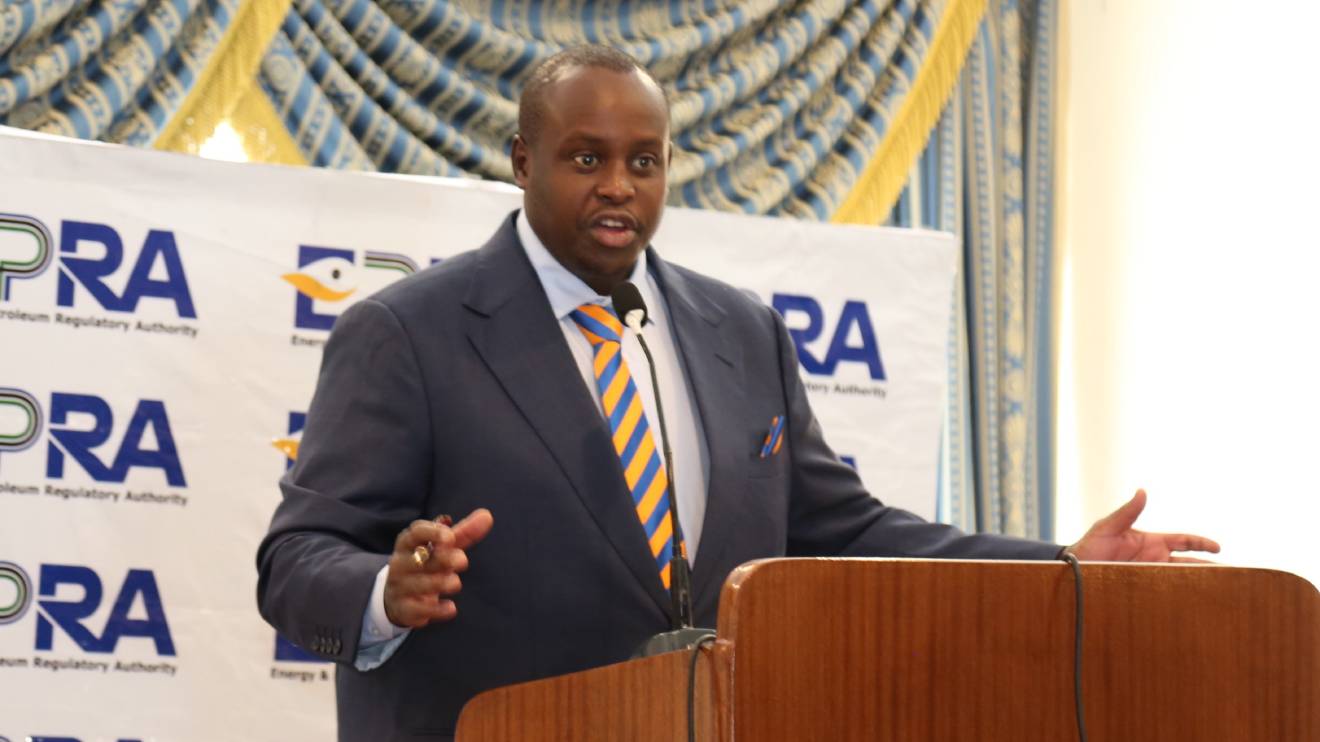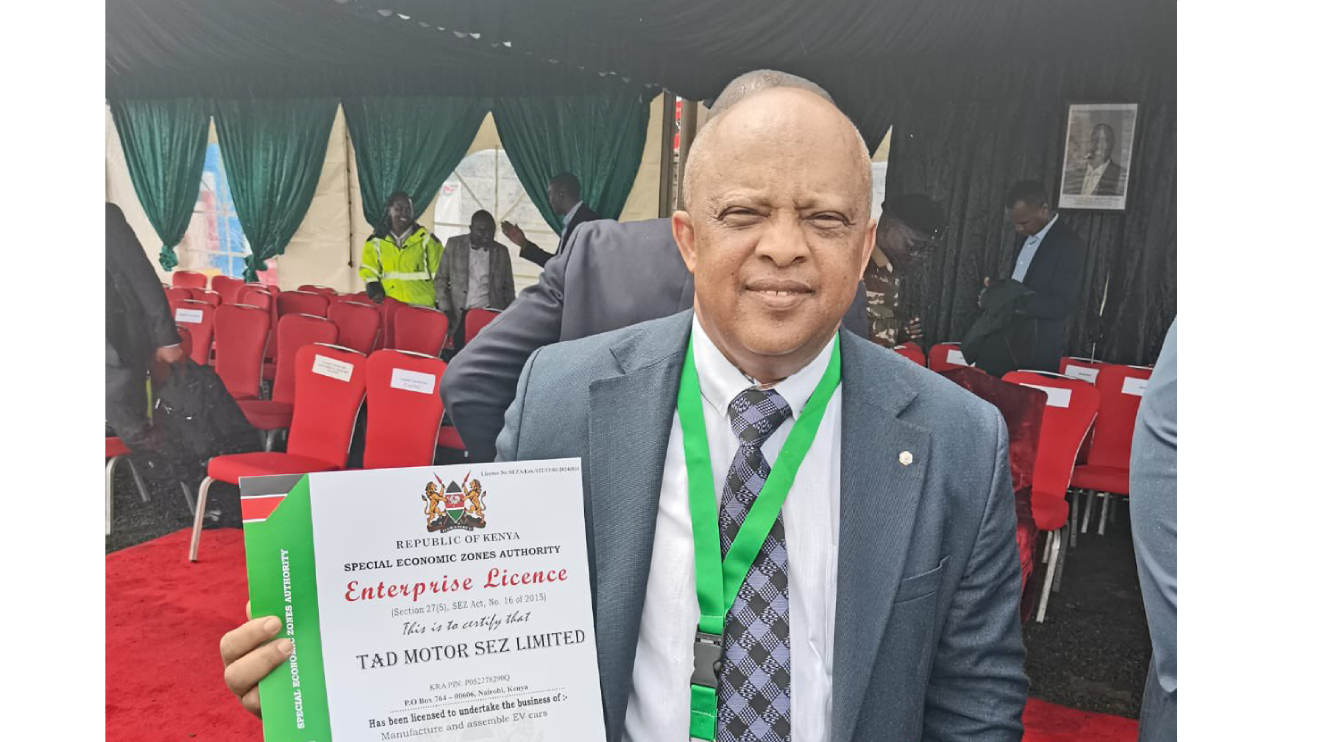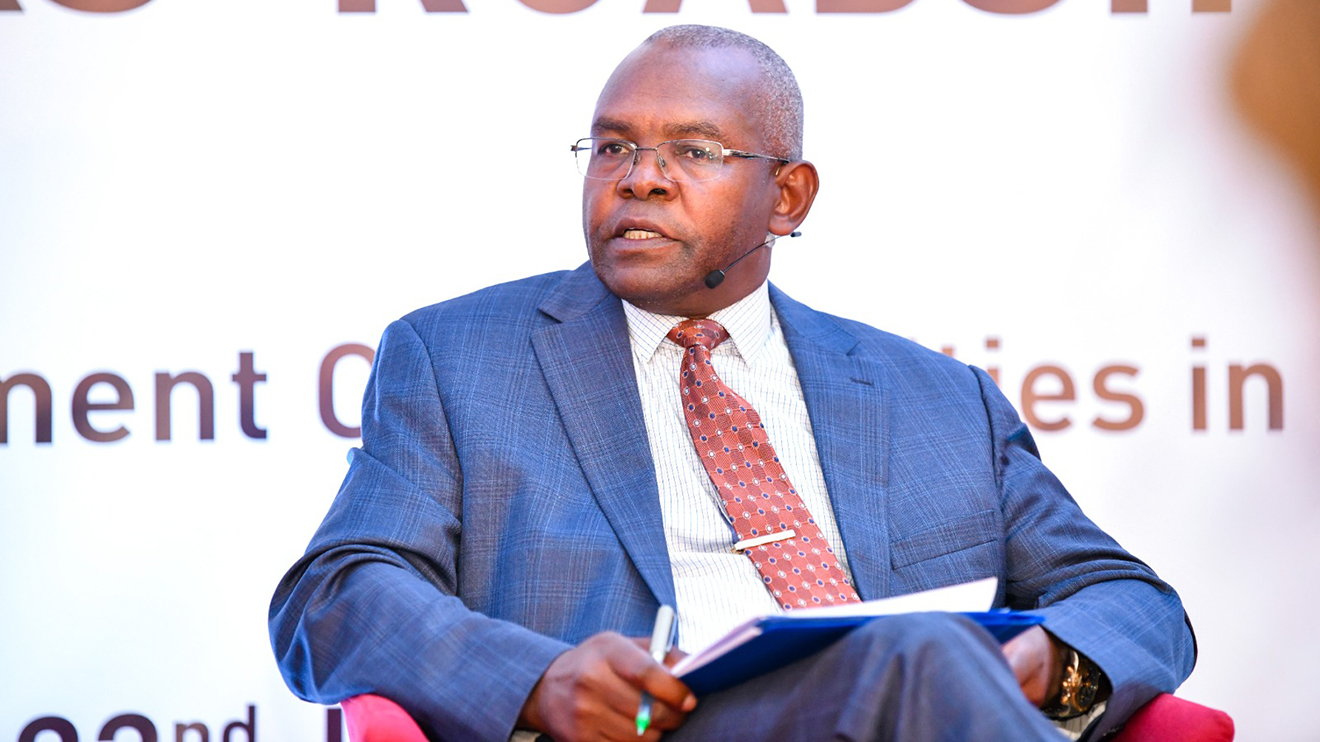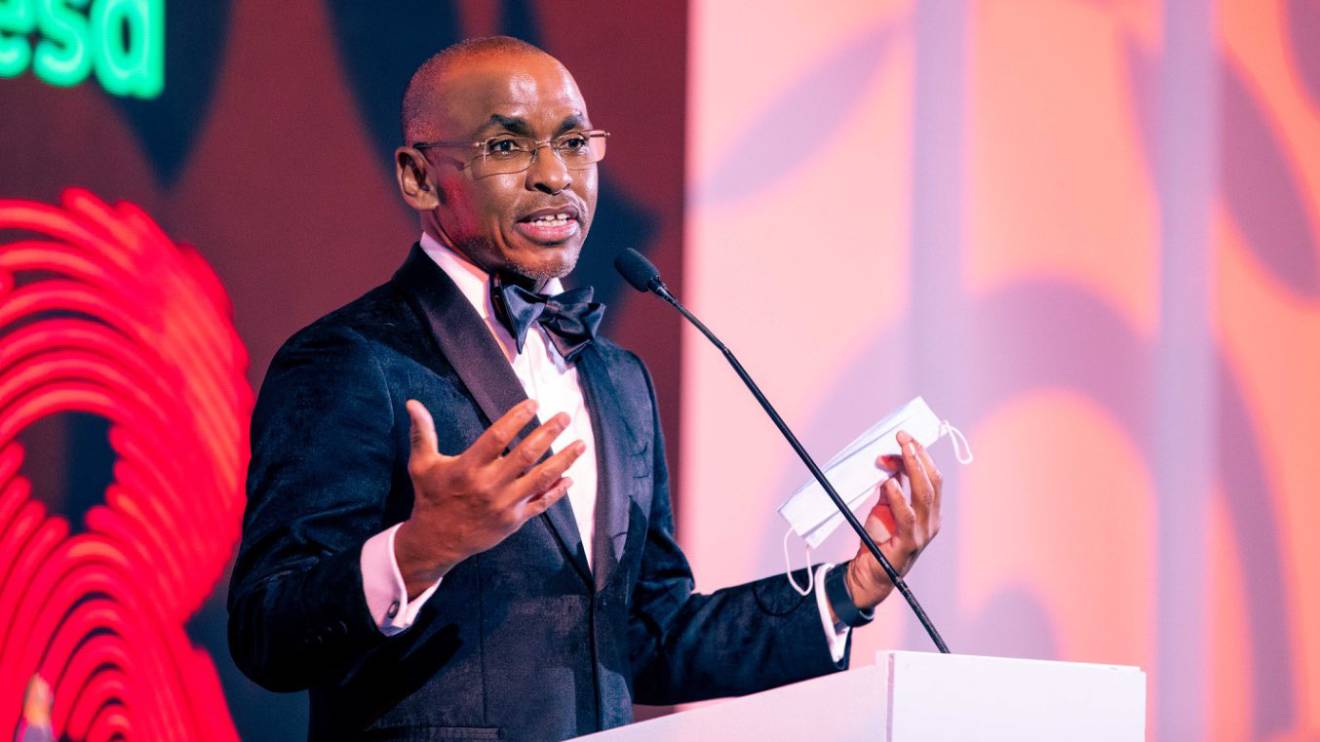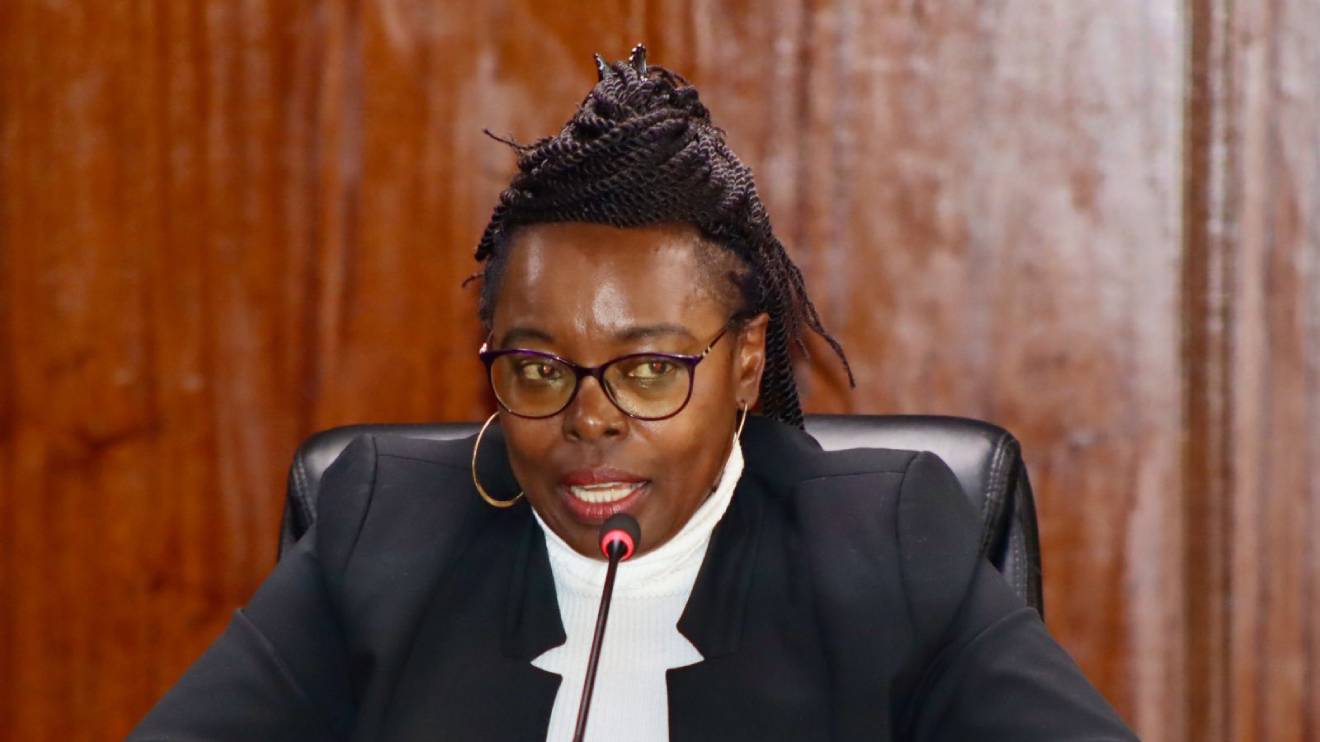The Kenyan government has lifted consumption limits for industrial power users seeking discounted nighttime electricity rates, a move welcomed by manufacturers but raising concerns about potential losses for the national power company.
Previously, small and large commercial and industrial consumers had to meet monthly consumption thresholds tracked every six months to qualify for the Time of Use Tariff (ToU), offering significant discounts during off-peak hours.
Daniel Kiptoo, Director General of the Energy and Petroleum Regulatory Authority (EPRA), confirmed the removal of the six per cent threshold for additional consumption required to benefit from the ToU.
"The proposal by manufacturers is for removal of the six per cent threshold," Kiptoo stated in an interview.
The ToU, introduced in 2018, aimed to incentivise off-peak power consumption by offering discounted rates.
Read More
Previously, small commercial consumers could enjoy lower rates of Sh10 per unit instead of Sh20 by exceeding 100 units per month, while larger consumers paid Sh7.25 per unit instead of Sh15 by exceeding 15,000 units monthly.
Manufacturers successfully lobbied President William Ruto to remove these consumption thresholds, arguing it would reduce operational costs.
"The government has agreed and committed to our proposal," said Jaswinder Bedi, chairman of the Kenya Private Sector Association (KEPSEA) board.
The decision is expected to benefit manufacturers significantly, with electricity being a major expense. However, concerns remain about the potential financial impact on Kenya Power, the national electricity distributor.
EPRA is currently exploring ways to mitigate potential losses estimated at Sh25 billion.
"We agreed to the manufacturers' proposal. We are now computing to see how we will cover for the hit that Kenya Power will take," Kiptoo explained.
The government's move balances the need to support Kenyan industry with the financial health of the national power company.
While manufacturers celebrate lower costs, EPRA is tasked with finding solutions to ensure the program's long-term sustainability.

